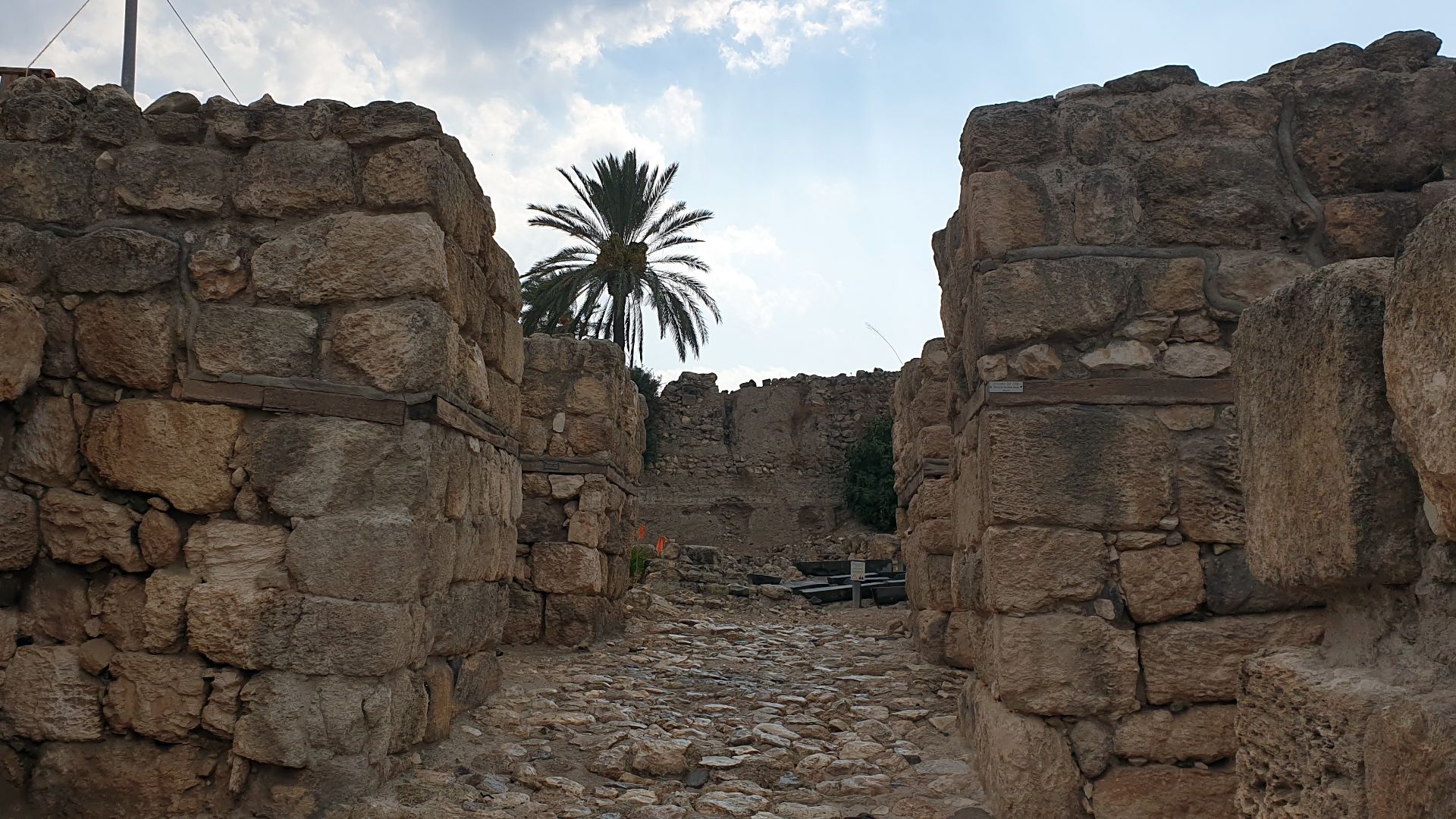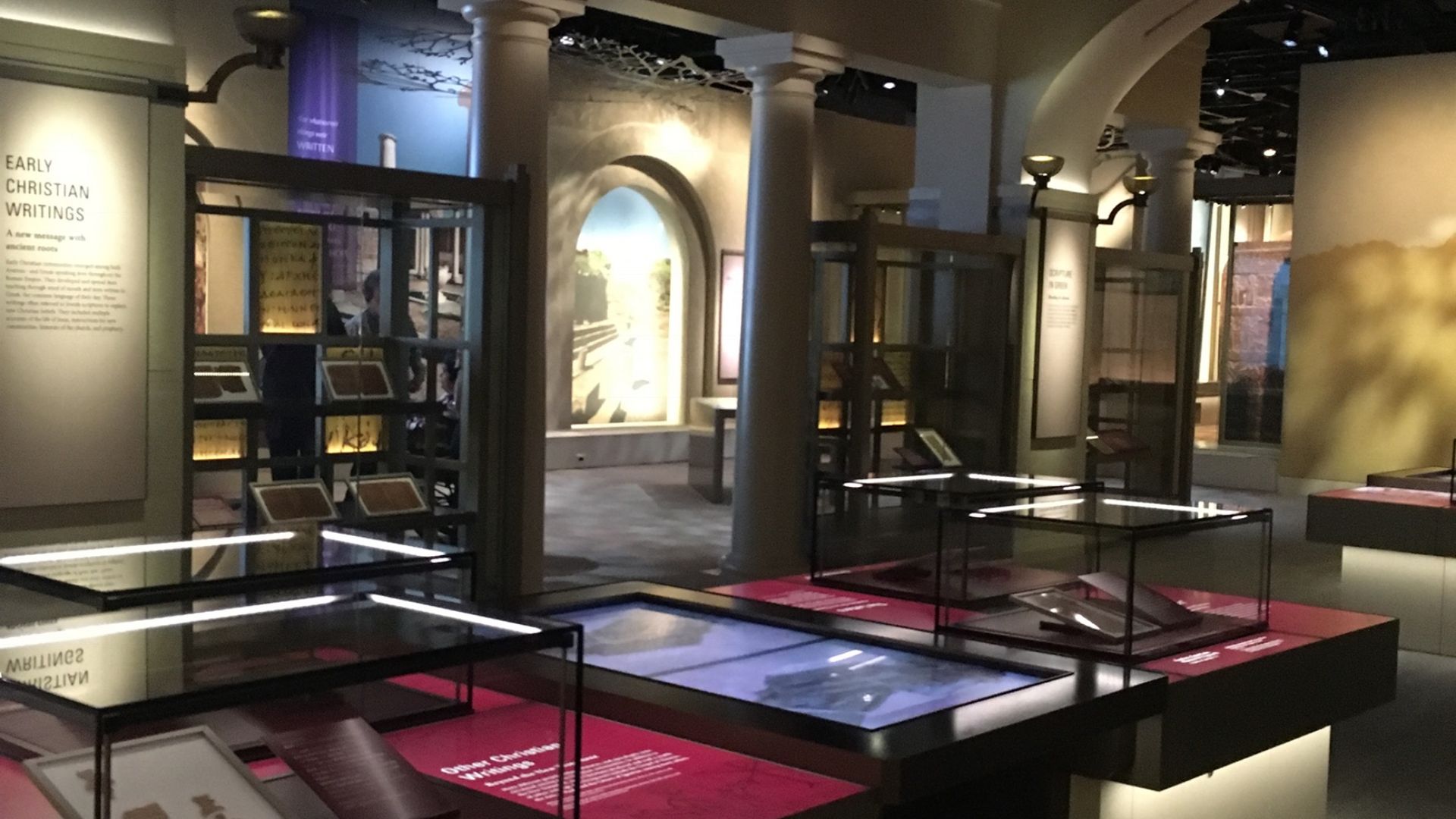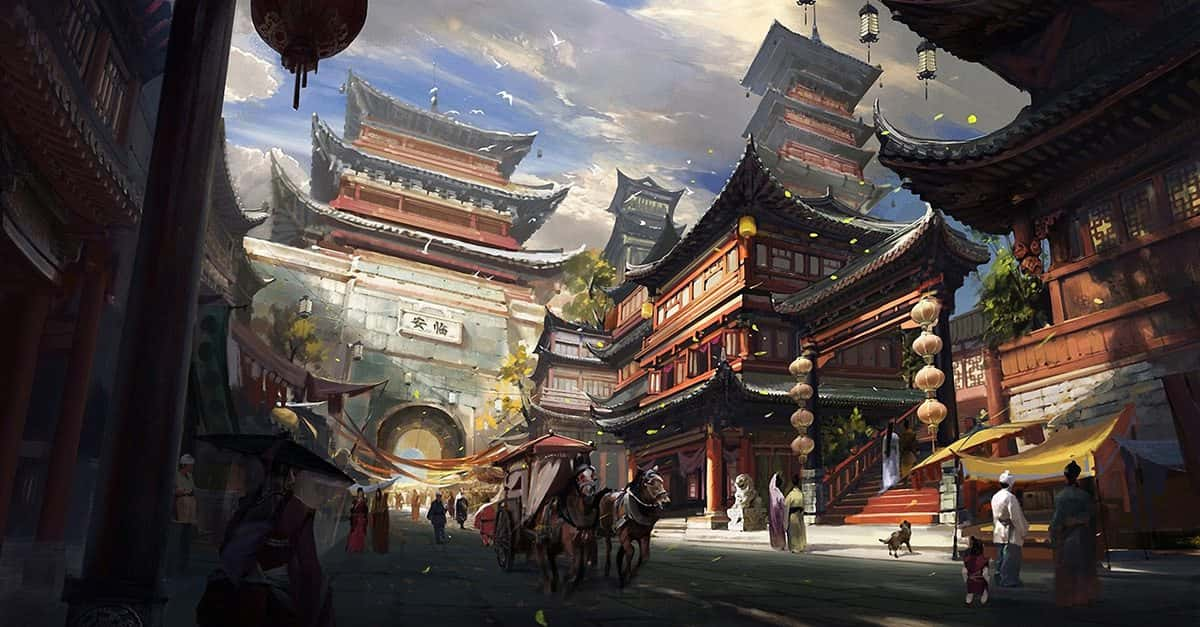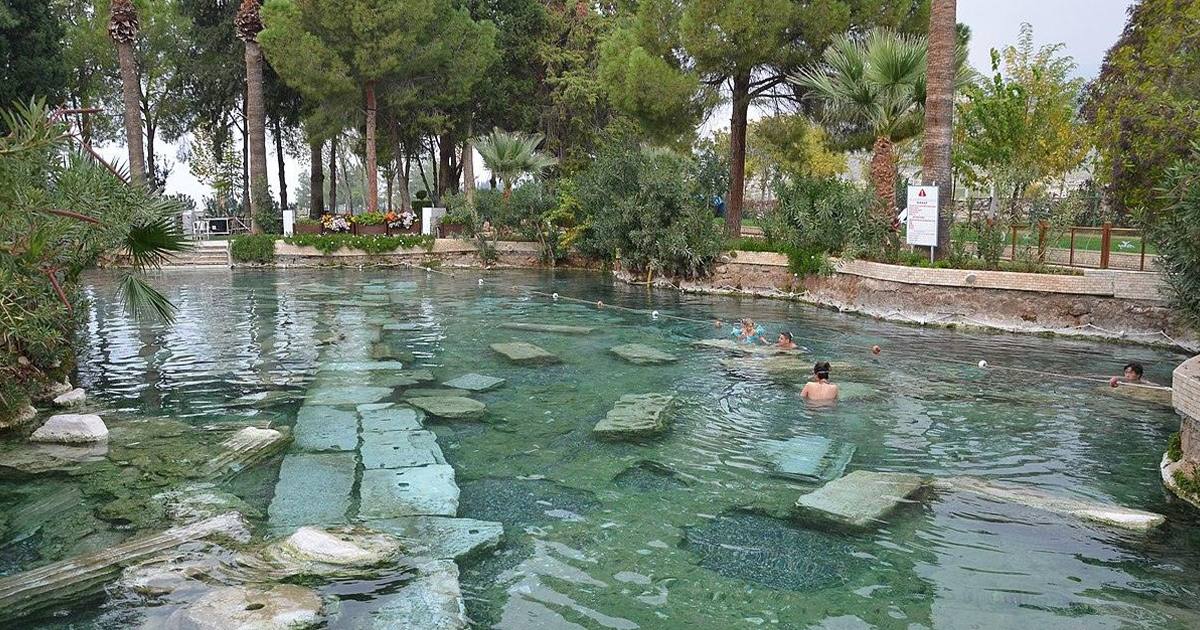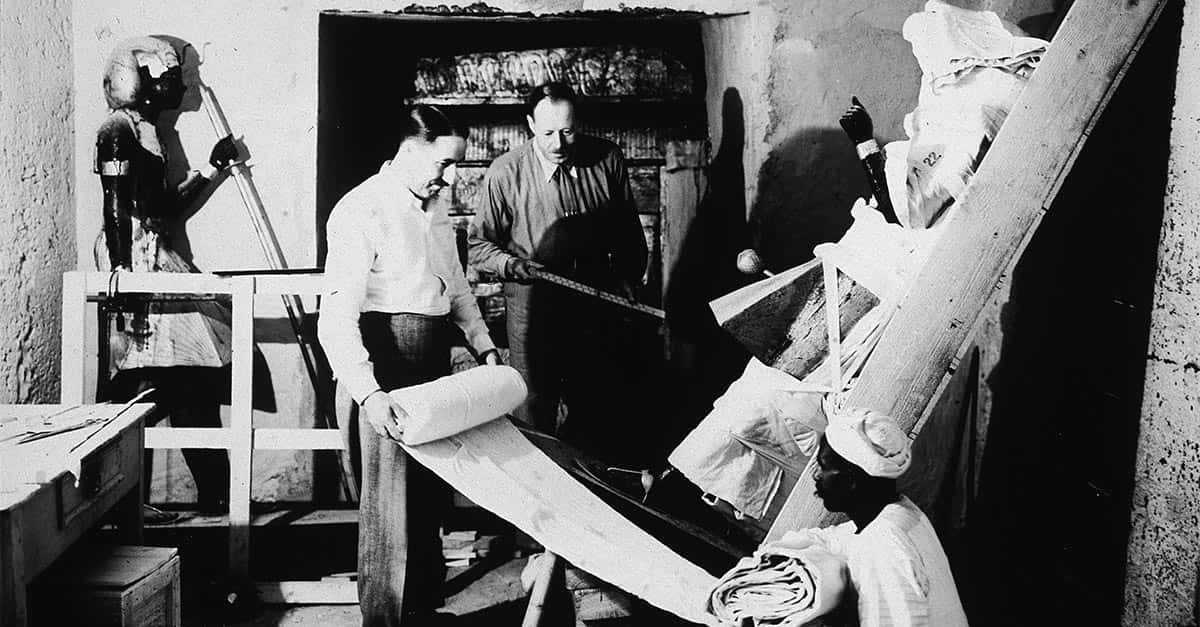Faith Beneath Concrete
Israeli prisoners walked over an ancient mosaic for decades, never knowing what lay beneath their feet. Then came a routine prison expansion in 2005. Archaeologists discovered something extraordinary related to Jesus Christ.
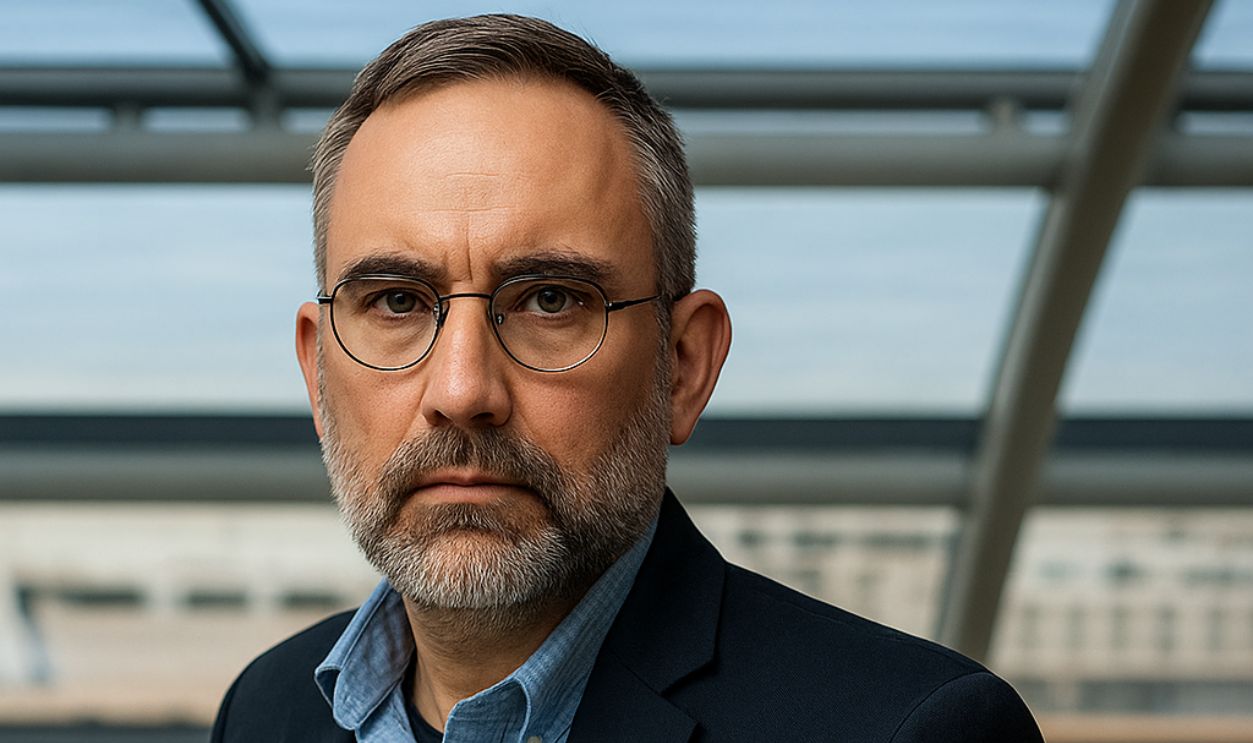
Strategic Crossroads
For over 5,000 years, Megiddo commanded one of antiquity's most coveted pieces of real estate. This ancient city-state sat at the junction where the Via Maris, the major trade route connecting Egypt, Mesopotamia, and Anatolia, passed near the rugged terrain of Carmel Ridge.
 AVRAM GRAICER, Wikimedia Commons
AVRAM GRAICER, Wikimedia Commons
Biblical Armageddon
The Book of Revelation immortalized this location under its Greek name, Har Megiddo, meaning “Mount Megiddo,” the prophesied site of humanity's final battle between good and evil. This valley witnessed countless historical conflicts, from Pharaoh Thutmose III's victory in 1468 BCE to King Josiah's demise in 609 BCE.
 Immanuel Giel, Wikimedia Commons
Immanuel Giel, Wikimedia Commons
Prison Construction
In the 1940s, as modern Israel took shape, authorities built Megiddo Maximum Security Prison directly atop the ancient ruins, completely unaware of the treasures buried beneath. The prison facility, located near Megiddo Junction at the crossroads of highways 65 and 66, housed dangerous criminals for decades.
 James Emery from Douglasville, United States, Wikimedia Commons
James Emery from Douglasville, United States, Wikimedia Commons
Expansion Plans
By 2003, overcrowding forced Israeli officials to plan a new wing for Megiddo Prison. Israeli law mandates salvage archaeology before any construction project. The Israel Antiquities Authority dispatched archaeologist Yotam Tepper and his team to conduct the standard pre-construction survey.
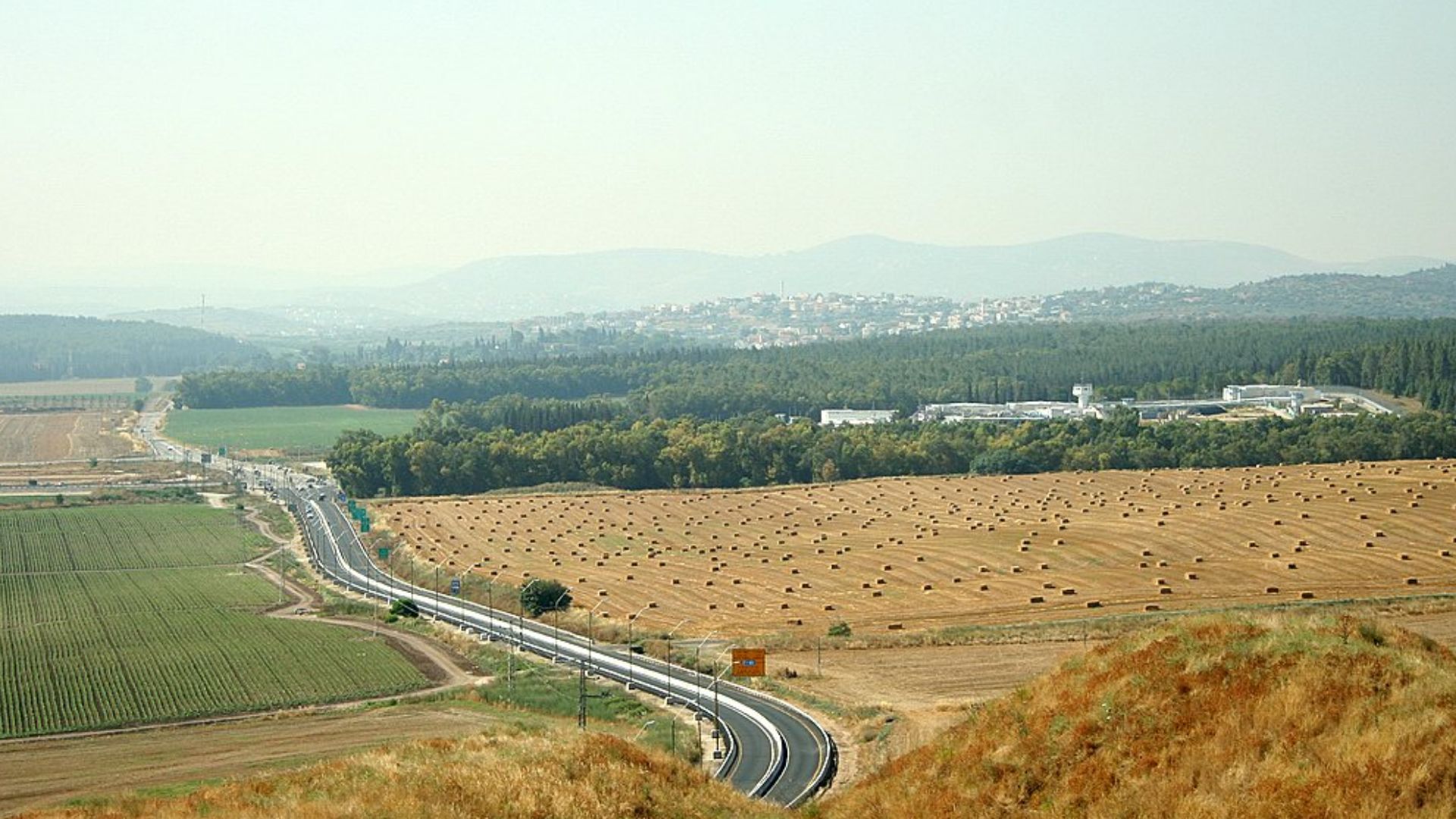 Golf Bravo 12:49, 26 May 2007 (UTC), Wikimedia Commons
Golf Bravo 12:49, 26 May 2007 (UTC), Wikimedia Commons
Routine Excavation
Tepper's team began removing layers of earth within the maximum-security prison grounds between 2003 and 2005, working under tight security restrictions that limited access and complicated logistics. The excavation site lay just a few hundred meters south of Tel Megiddo itself.
Stunning Revelation
As workers carefully cleared away centuries of accumulated soil, colorful geometric patterns began emerging from the dirt—not random fragments, but an intact, sprawling mosaic floor measuring approximately 54 square meters (581 square feet), roughly 16 feet by 32 feet. It was an early Christian worship space.
Mosaic Dimensions
The mosaic's exceptional craftsmanship featured intricate geometric designs with squares, circles, and interlocking patterns created from thousands of tiny colored stone pieces called tesserae. Two distinct sections dominated the floor: a western panel featuring inscriptions at each end, and an eastern panel adorned with elaborate decorative motifs.
 The Megiddo Mosaic: Foundations of Faith by Museum of the Bible
The Megiddo Mosaic: Foundations of Faith by Museum of the Bible
Preservation Miracle
Remarkably, the mosaic remained in near-pristine condition after approximately 1,700 years underground. Evidence revealed that when the building was abandoned around 305 CE, someone had intentionally protected the floor by carefully covering it with broken pottery sherds and large sections of wall plaster before sealing the structure.
Greek Inscriptions
Dr Leah Di Segni, an expert epigrapher, deciphered three separate Greek inscriptions embedded within the mosaic's design. The inscriptions named seven individuals, five of them women, who contributed to the construction and decoration of this worship space. The text used abbreviated sacred names with lines above certain letters.
Divine Declaration
The western inscription contained a phrase that sent shockwaves through the academic world. "The god-loving Akeptous has offered the table to God Jesus Christ as a memorial”. Those three Greek words, meaning "to God Jesus Christ," represented the earliest known archaeological evidence explicitly declaring Jesus' divinity.
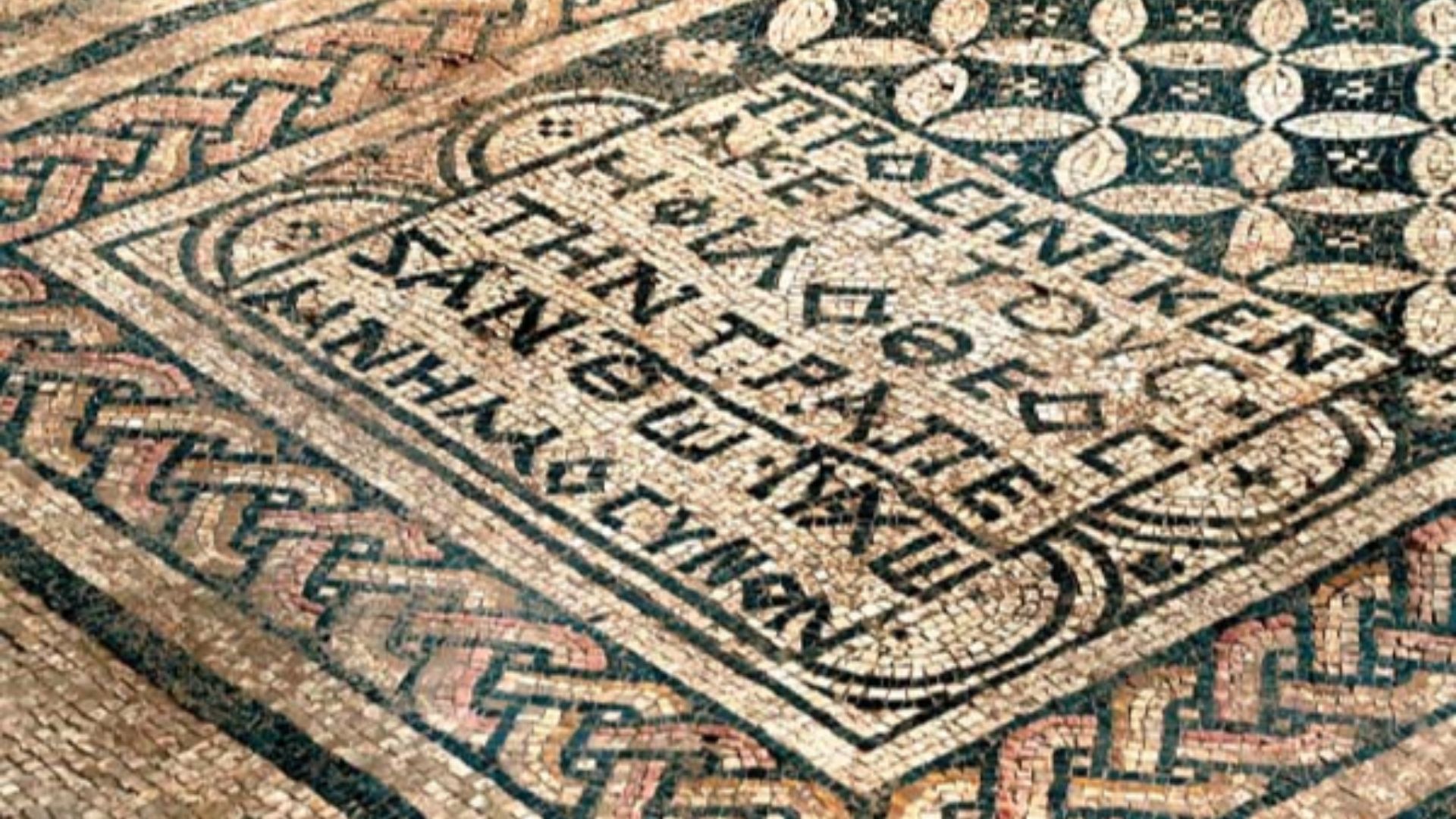 Vesafis Tzferris, Wikimedia Commons
Vesafis Tzferris, Wikimedia Commons
Akeptous' Offering
Akeptous, described as "god-loving" or "friend of God," donated the communion table mentioned in the inscription, marking her as a significant benefactor within this early Christian community. Her prominent recognition challenges assumptions about women's roles in third-century Christianity, when patriarchal Roman society excluded women from public acknowledgment.
Women Benefactors
Four additional women received memorial honors in the eastern inscription: Primilla, Cyriaca, Dorothea, and Chreste. The text reads, "Remember Primilla and Cyriaca and Dorothea and lastly Chreste," an extraordinary acknowledgment, as Roman and Jewish traditions rarely commemorated women's names in religious contexts.
Centurion Gaianus
The northern inscription identifies the mosaic's primary patron as it reads “Gaianus, who is also called Porphyrius, a centurion, our brother, having earnestly desired to do so, has commissioned this mosaic-inscription”. This Roman military officer, commanding approximately 100 soldiers, was part of the Legio VI Ferrata.
Brutius' Craftsmanship
Unlike most ancient artisans who remained anonymous, the mosaic proudly credits its creator, Brutius. This artist's signature reveals pride in his exceptional craftsmanship and suggests the commission's significance warranted permanent recognition. His name, meaning "weighty" or "heavy" in Latin, appears alongside his intricate geometric patterns and carefully laid tesserae.
Fish Symbols
Two fish appear prominently within the eastern panel's geometric design, representing one of Christianity's earliest and most potent symbols. The Greek word for fish formed an acronym—Iesous Christos Theou Yios Soter, meaning “Jesus Christ, God's Son, Savior”.
Dating Evidence
Archaeologists dated the worship hall to approximately 230 CE using multiple verification methods: pottery typology found at the site, coins discovered during excavation, and the paleographic style of the Greek inscriptions themselves. This date indicates that the structure was constructed during the reign of Emperor Severus Alexander.
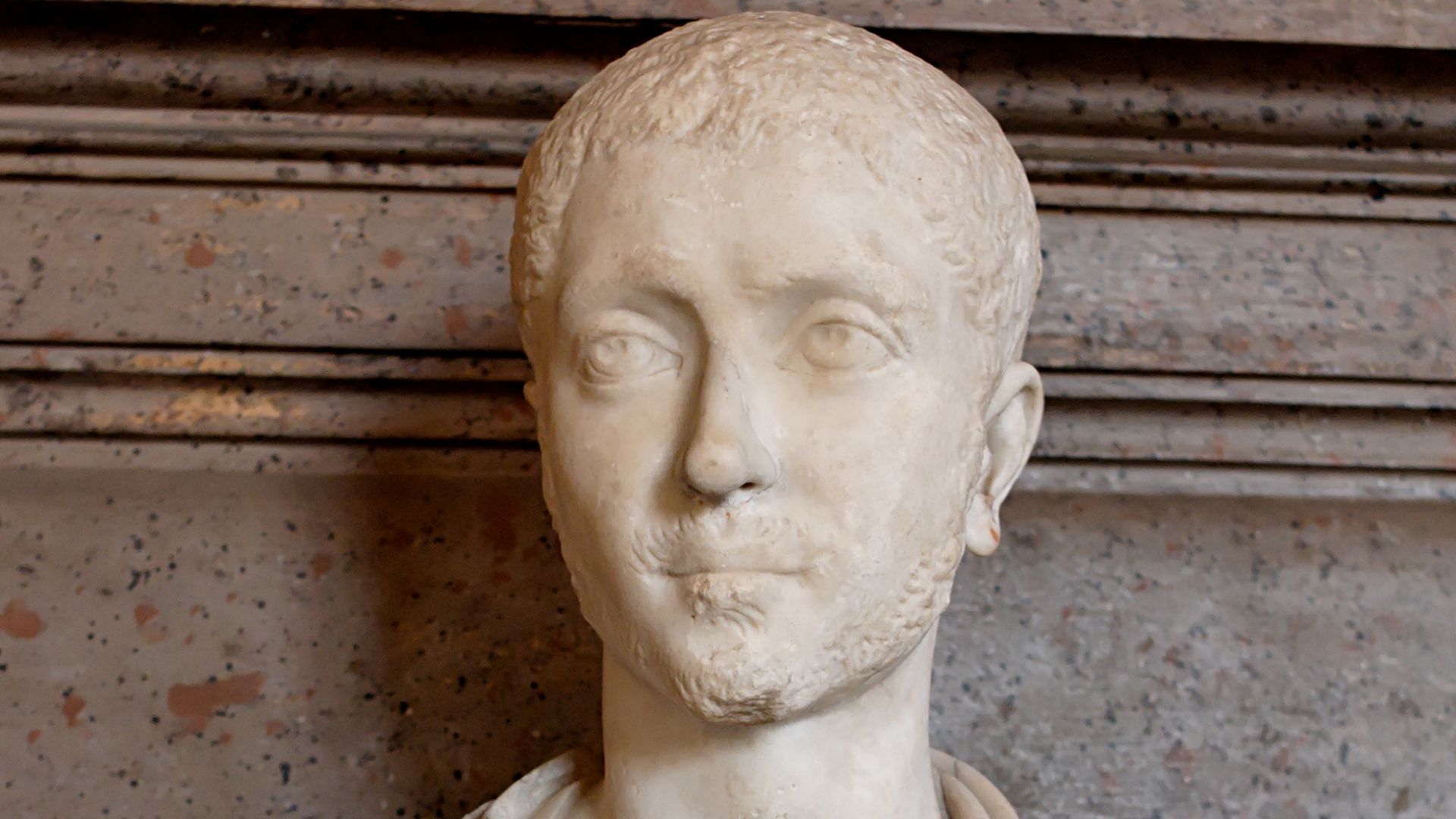 Unknown artistUnknown artist, Wikimedia Commons
Unknown artistUnknown artist, Wikimedia Commons
Pre-Constantine Christianity
In 230 CE, Christianity operated underground as an illegal religion, commonly labeled religio illicita—a forbidden faith that threatened Roman social stability. Christians worshipped secretly in private homes rather than public buildings, risking arrest, torture, and execution for refusing to sacrifice to Roman gods or acknowledge the emperor's divinity.
 AnonymousUnknown author, Wikimedia Commons
AnonymousUnknown author, Wikimedia Commons
Persecution Era
The Megiddo church flourished during a relatively calm period between major persecutions, but danger always lurked. Emperor Decius would launch empire-wide persecution in 250 CE, demanding all citizens prove their loyalty by sacrificing to Roman gods, a test many Christians failed by refusing.
 Mary Harrsch from Springfield, Oregon, USA, Wikimedia Commons
Mary Harrsch from Springfield, Oregon, USA, Wikimedia Commons
Prayer Hall
This structure served as a Christian worship hall within a larger residential building used by Roman Legion officers stationed at nearby Legio military camp. Measuring approximately 16 by 32 feet, the room featured the mosaic floor surrounding a central communion table where believers celebrated the Eucharist together.
 Trailer | The Megiddo Mosaic: Foundations of Faith by Museum of the Bible
Trailer | The Megiddo Mosaic: Foundations of Faith by Museum of the Bible
Roman Coexistence
Centurion Gaianus openly identified as Christian ("our brother") while serving Rome's Sixth Legion, and the worship hall operated within officers' housing adjacent to the military camp. Archaeological evidence shows Christians, Jews, Samaritans, and pagans lived in close proximity around Megiddo during this period.
Four-Year Recovery
The Israel Antiquities Authority conducted painstaking excavation work from 2005 to 2008, meticulously documenting every detail of the 581-square-foot mosaic floor. Over 60 inmates from Megiddo and Tzalmon prisons participated in the archaeological work, gaining valuable skills while helping uncover this historic treasure.
Security Issues
Matthew Adams, director of the WF Albright Institute of Archaeological Research in Jerusalem, described the initial frustration. "When the Christian prayer hall was first found beneath the prison, we were all excited for one minute. Then we realized, it's in a maximum-security prison”.
 Dr. Matthews Adams of the Albright Institute Visits Tantur by Tantur Ecumenical Institute
Dr. Matthews Adams of the Albright Institute Visits Tantur by Tantur Ecumenical Institute
Washington Exhibition
In September 2024, the Megiddo Mosaic debuted at the Museum of the Bible in Washington, DC, in an exhibition titled "The Megiddo Mosaic: Foundations of Faith," running until July 2025. The IAA transported the mosaic in 11 massive crates, some weighing over 1,000 pounds.
Scholarly Impact
Bobby Duke, director of the Scholars Initiative at the Museum of the Bible, emphasized the discovery's significance. The mosaic provides unprecedented physical evidence of pre-Constantinian Christian beliefs, practices, and community structure. Curator Alegre Savariego noted it presents extraordinary evidence of the practices of early Christians.












